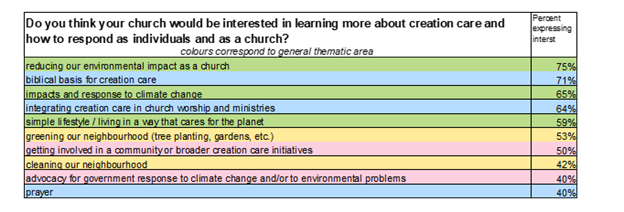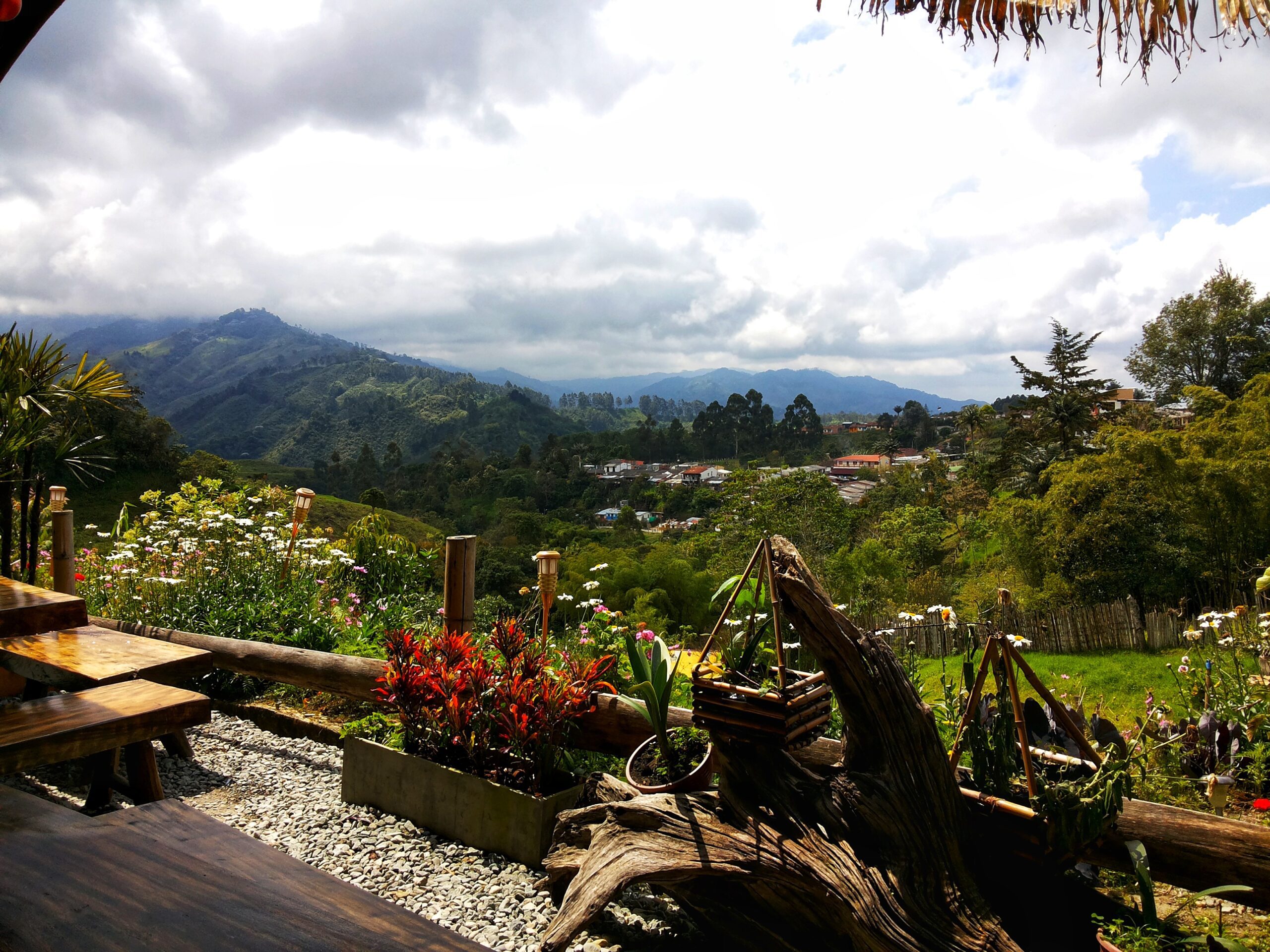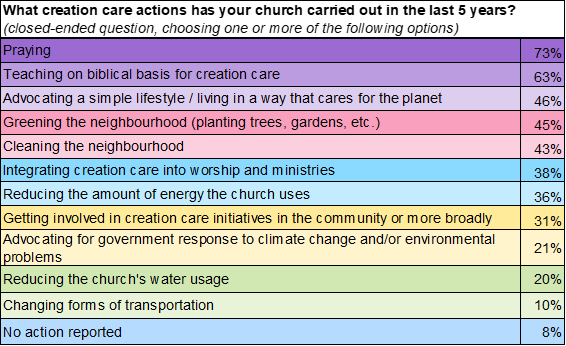-
Anabaptists around the world care for creation
Stories from around the world teach how we respond as faith communities to the challenges of climate change. The 353 responses to the Creation Care Task Force survey contained many stories of churches caring for creation. This month, we highlight responses that emphasize how congregations creatively enact local solutions as faithful response to the injustices
-
What would help churches engage more with creation care?
Last month we looked at what activities churches actually do with creation care. This week we look at what they would like to learn more about. In other words, what do churches wish they could do more? 1. Respondents are interested in learning about several key areas of creation care. Respondents believe their churches are
-
Created in the beauty of climate
On 23 September 2021, UN Secretary-General António Guterres said that the Intergovernmental Panel report on climate change was “a code red for humanity.” And yet Guterres was hopeful, saying “it is not too late to act to ensure that climate action contributes to international peace and security.” For Guterres, nations must work together because peace
-
How do churches practice creation care?
Our previous stories from the global survey shows that 1) Mennonite-Anabaptist congregations around the world are being impacted by environmental issues such as climate change in diverse ways, 2) are feeling anxious and sad due to those impacts, and 3) are talking some about creation care in their churches. But how exactly are churches feeling
-
Are our churches and leaders engaged with creation care?
“In Germany environmental care has been on the public agenda already for a very long time, making it a part of our church’s collective conscience for a while. We are trying different ways to make good on the belief that we are to be God’s stewards of creation.” —Dora Schmidt, Mennonitengemeinde Enkenbach Germany What is the
-
How does climate change intersect with other community challenges?
“The majority of our members do not have jobs; survival is very difficult.” Leontina Mahamba, Paroisse Alegria de Malanje, igreja Comunidade Menonita em Angola “Mental illness is the major factor keeping the people we encounter homeless. Heat, drought and bad air exacerbate their situation. Food insecurity is another issue we address…. People are forced to choose between
-
Season of Creation – 7
Psalm 19 “The heavens are telling the glory of God,and the firmament proclaims his handiwork.Day to day pours forth speech,and night to night declares knowledge.There is no speech, nor are there words;their voice is not heard;yet their voice goes out through all the earthand their words to the end of the world.” God, when we





